Panasonic Lumix SZ7 Review
Panasonic Lumix SZ7
Good things come in small packages, so the saying goes. The Panasonic Lumix SZ7 is certainly small, but is it any good?
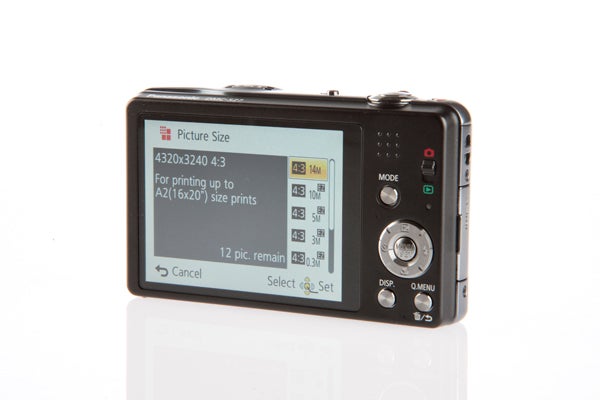
Verdict
Pros
- 10x optical zoom
- Easy to use
- Small enough to take anywhere
- Fast AF for snap-happy candids
Cons
- No manual control
- Noisy at higher ISO settings
Key Specifications
- Review Price: £200.00
- 1/2.3in, 14.3-megapixel sensor
- 10x optical zoom (equiv to 25-250mm in 35mm terms)
- ISO 100 - 3200 (6400 in High-Sensitivity mode)
- 1080/50p Full HD movie recording (AVCHD)
- 3in, 460k-dot LCD monitor
Small enough to slip inside a jean pocket, the Lumix SZ7 employs a 1/2.3inch sensor with an effective output of 14.3-megapixels alongside a 10x Leica-made optical zoom that provides the 35mm focal equivalent of 25-250mm and offers a maximum albeit non user-controllable aperture of f/3.1 at 25mm rising to f/5.9 at 250mm. 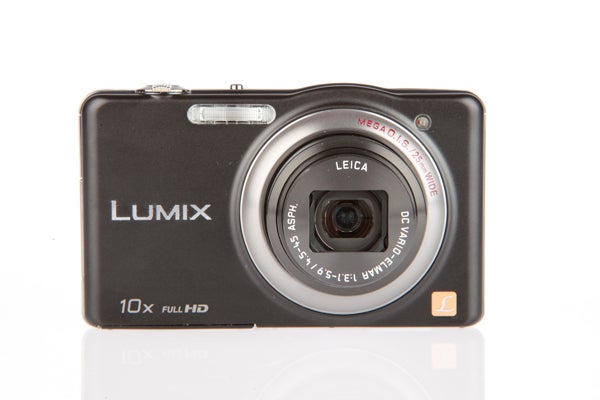
As with all 1.2.3inch compacts, the default aspect for shooting is 4:3, however it’s also possible to shoot at 3:2, 16:9 and 1:1. However, given that these all require the camera to take a crop from the 4:3 sensor they do all come at the price of a reduced overall resolution. To be honest though, this isn’t something that should worry anyone for whom the primary destination for images captured with the SZ7 is Facebook and suchlike.
Sensitivity ranges from ISO 100 to 3200, with an expanded setting of ISO 6400 available as a ‘High Sensitivity’ Scene mode option. Images taken at this setting can only be captured at a maximum resolution of 3MP.
Given that the SZ7 is aimed primarily at non-enthusiasts looking for a flexible, relatively well featured and yet easy-to-use ultracompact it comes as little surprise to find that the choice of exposure modes is kept to the bare minimum, with all options being of the fully automatic variety. Still, you do get Panasonic’s iAuto (intelligent Auto) mode, which has proved to be ever more reliable in recent years and in all kinds of tricky lighting conditions too.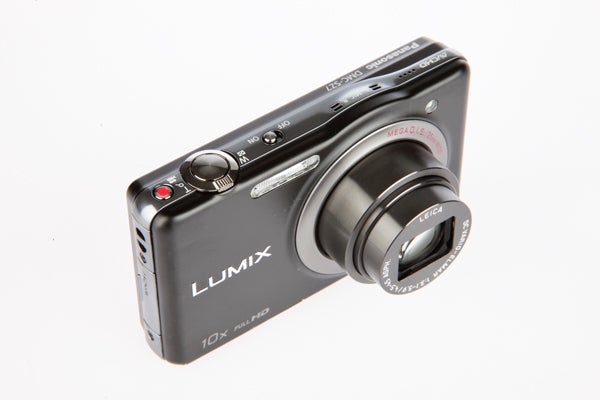
There’s also a Normal Picture mode that, while still fully automatic, does give you manual control over ISO, White Balance, AF Mode and Continuous shooting speed; essentially a Program mode by any other name.
Supplementing the two ‘regular’ shooting modes is a Miniature Effect digital filter mode that automatically gives your images a miniature model look by applying a fake tilt-shift effect and boosting saturation levels at the processing stage. Anyone who’s ever browsed Flickr in recent months will instantly know how popular this particular effect is at the moment.
Scene modes run to 16 individual options with regular suspects such as Portrait and Landscape, ably supported by less obvious, but no less useful options such as Glass Through (which minimises reflections with when shooting through windows) and the aforementioned High Sensitivity option that expands the ISO range.
One rather useful and fun shooting mode tucked away within the Scene mode sub-menu (and which is surely worthy of more direct access via the main top-level Exposure mode menu) is the Panorama Mode. This basically allows you to create a 360-degree panorama with a single shutter-button press simply by panning the camera in a predetermined direction. Last but not least is a 3D shooting mode, although you’ll need a 3D capable viewer to see your images in all three dimensions as the SZ7’s 3in, 460k-dot screen is strictly two-dimensional. 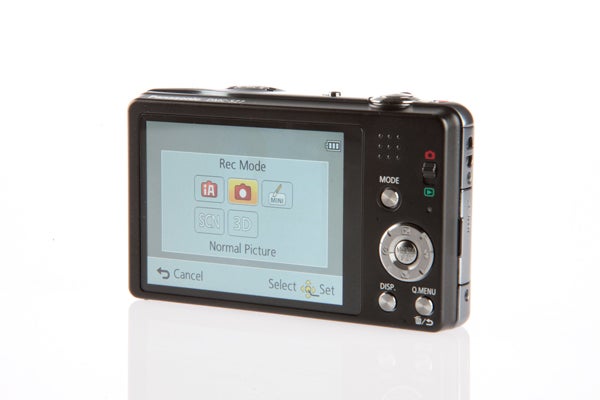
Movie enthusiasts are well catered for with the ability to record 1080/50p Full HD video with stereo sound, with further options to record 720p HD and VGA quality movies too. Movies can be encoded as either AVCHD for the highest quality or as MP4 files for maximum PC compatibility.
Despite offering the extended reach of a 10x optical zoom, the SZ7 remains an easily pocketable little camera, so you’ll never have to leave it behind. There’s no finger grip and the dimpled thumb rest is fairly minimal, but given the whole camera weighs less than 135 grams it’s easy to use one-handed while maintaining a fairly firm grip.
Physical buttons are kept to a minimum and neatly laid out for easy use. It’s not a particularly complicated camera to operate, with all of the buttons clearly marked and offering direct access to the camera’s limited functions. The number of settings that are available to change will depend entirely on the exposure mode you’re using the camera in (very few in iAuto, more in Normal Picture), but in both instances a simple press of the Q.Menu button will call up an intuitive menu where you can do so. Should you want to make more in-depth adjustments then the main Menu/Set button in the middle of the D-pad calls up the full camera menu.
Flicking the main on/off switch on top of the camera, the Lumix SZ7 powers up in around four seconds, which is fairly standard for a compact of this type and price. Where the SZ7 really does excel, though, is in autofocus speed. In the past year or so Panasonic has made pretty big steps forward with regards to the speed of its contrast-detect AF technology and while this was initially reserved for its G-series of compact system cameras the so-called “Light Speed AF” tech has now trickled down to Panny’s compact range as well.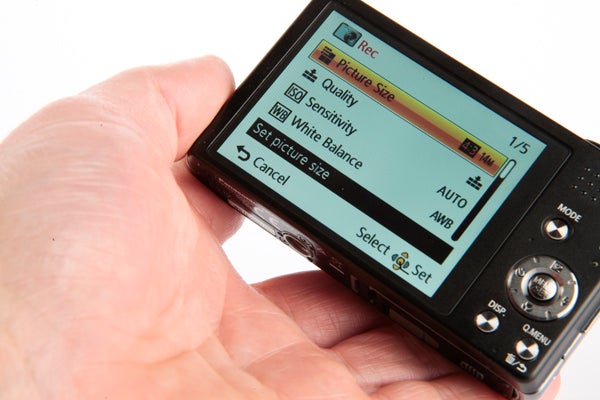
The upshot of this is that when the SZ7 is being used outdoors in daylight, autofocus is all but instantaneous. Combined with a noticeable lack of shutter lag, this enables you to get great candid shots and capture those fleeting moments that other compacts might otherwise miss.
Even when used indoors in slightly subdued light, the SZ7 shows few signs of focus hunt. Yes, of course there are limitations and in very dark conditions you can expect to encounter some focus hunting, or to require a bit of extra help via the built-in AF Assist light, but in good light the SZ7’s AF performance reall does excel.
Processing times are, again, fairly standard for a camera of this type and price, with the SZ7 taking a fraction under two seconds to process individual shots taken in Single-shot mode. Should you need a bit more speed you can opt for 2fps in Intelligent Burst mode, 5fps in Continuous AF mode, and 10fps in Single-AF mode. While it’s fair to say that the SZ7 isn’t really intended for high-speed shooting, the range of drive mode options on offer do afford it some extra flexibility.
Image quality is very much on a par with other ultracompacts of a similar price. Used in good light outdoors the results are generally quite pleasing with relatively punchy colour, good levels of detail and sharp edges. Just so long as you don’t try and view the results at anything approaching 100% or beyond.
Enlarge your images to 100% and beyond, however, and the limitations of the small, densely packed sensor will start to become visible, especially once sensitivity rises above ISO 400. While ISO 400 does show some traces of nioise it remains perfectly usable. Beyond ISO 800, however, image quality does drop off quite rapidly. By ISO 800 noise becomes visible – especially in shadow areas – even at smaller image sizes, while ISO 1600 expands this theme while adding a degradation of colour to the mix. The top setting of ISO 3200 is grainy, fuzzy and fairly horrible – very much for emergency use only.
Even at lower sensitivities fine detail can be seen to show a “painted-on” or smudged effect when images are viewed 100%, which suggests some fairly aggressive JPEG compression – even on the Fine quality setting. Far from being unique to the SZ7 though, this is actually quite a familiar trait with compacts that use a 1/2.3inch sensor. It’s also worth pointing out that this is unlikely to be an issue to anyone viewing the SZ7’s images on a laptop screen or on a 6x4inch print. 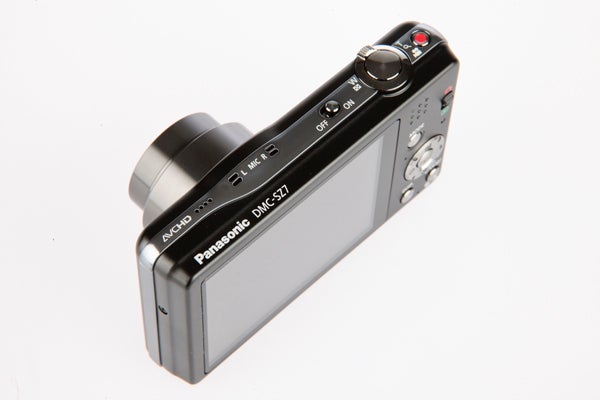
On the plus side, at lower sensitivities and in good light the SZ7 is more than capable of producing decent, lifelike results, especially when the zoom is set to around the 25-100mm mark. There is a bit of barrel distortion at 25mm, and at 250mm we found that overall image sharpness takes something of a nosedive too. This is despite the usually reliable Mega O.I.S image stablilisation being switched on. Overall though, the SZ7 is more than able to hold its own against similarly priced rivals and it’s limitations are common to the vast majority of cameras of this type.
Verdict
The Panasonic Lumix SZ7 is an easy-to-use 14.3MP ultracompact digital camera with a 10x optical zoom. The twin highlights of the Panasonic Lumix SZ7 are undoubtedly its larger than average zoom and super-fast AF performance. Image quality is reasonable enough, and certainly on a par with the competition, at least when shooting at lower sensitivities and viewing the results on a laptop-sized screen, or as a 6x4in print. However, the combination of a small, densely populated sensor and some aggressive JPEG processing doesn’t produce particularly clean images at higher sensitivities.

ISO 100

ISO 200

ISO 400

ISO 800

ISO 1600

ISO 3200
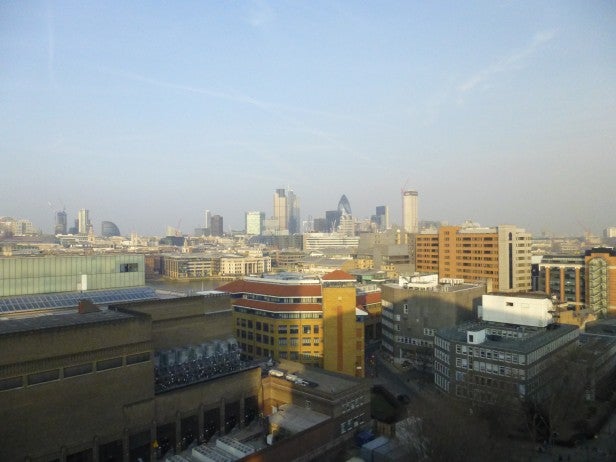
At 25mm the SZ7 is able to capture wide landscapes, or cityscapes even.
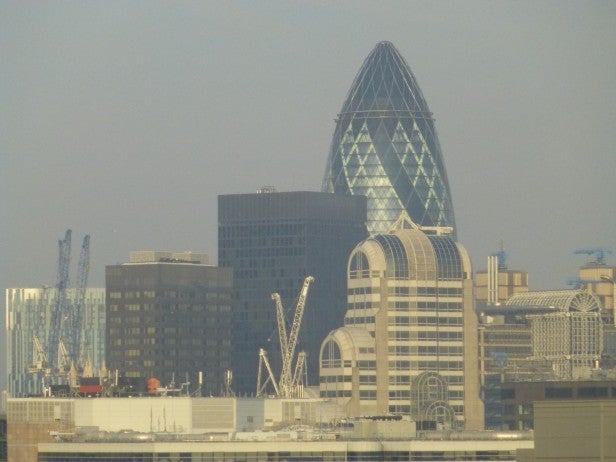
At 250mm overall image sharpness does take a bit of a knock.
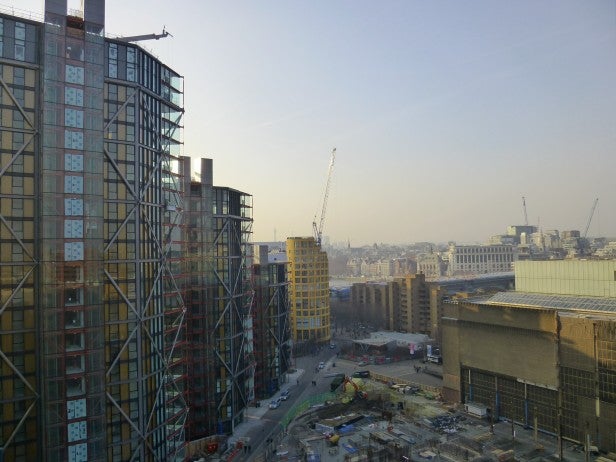
iAuto mode works very well, even in tricky lighting conditions like this.

Normal Picture mode gives you some control over shooting settings.
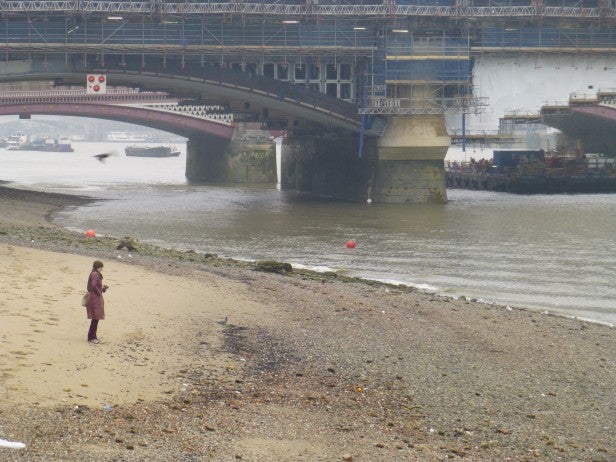
Quick AF performance enables you to quickly capture candid moments.

The SZ7 can produce pleasing results at around ther 100mm mark.
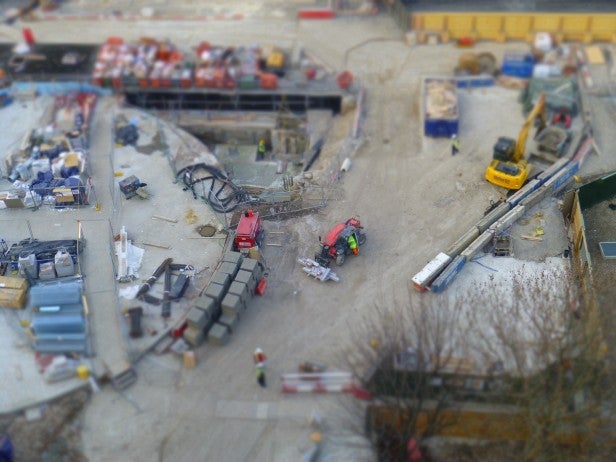
The Miniaturisation digital filter effect mode in action.
Trusted Score
Score in detail
-
Value 7
-
Design & Features 7
-
Image Quality 7
-
Build Quality 7

